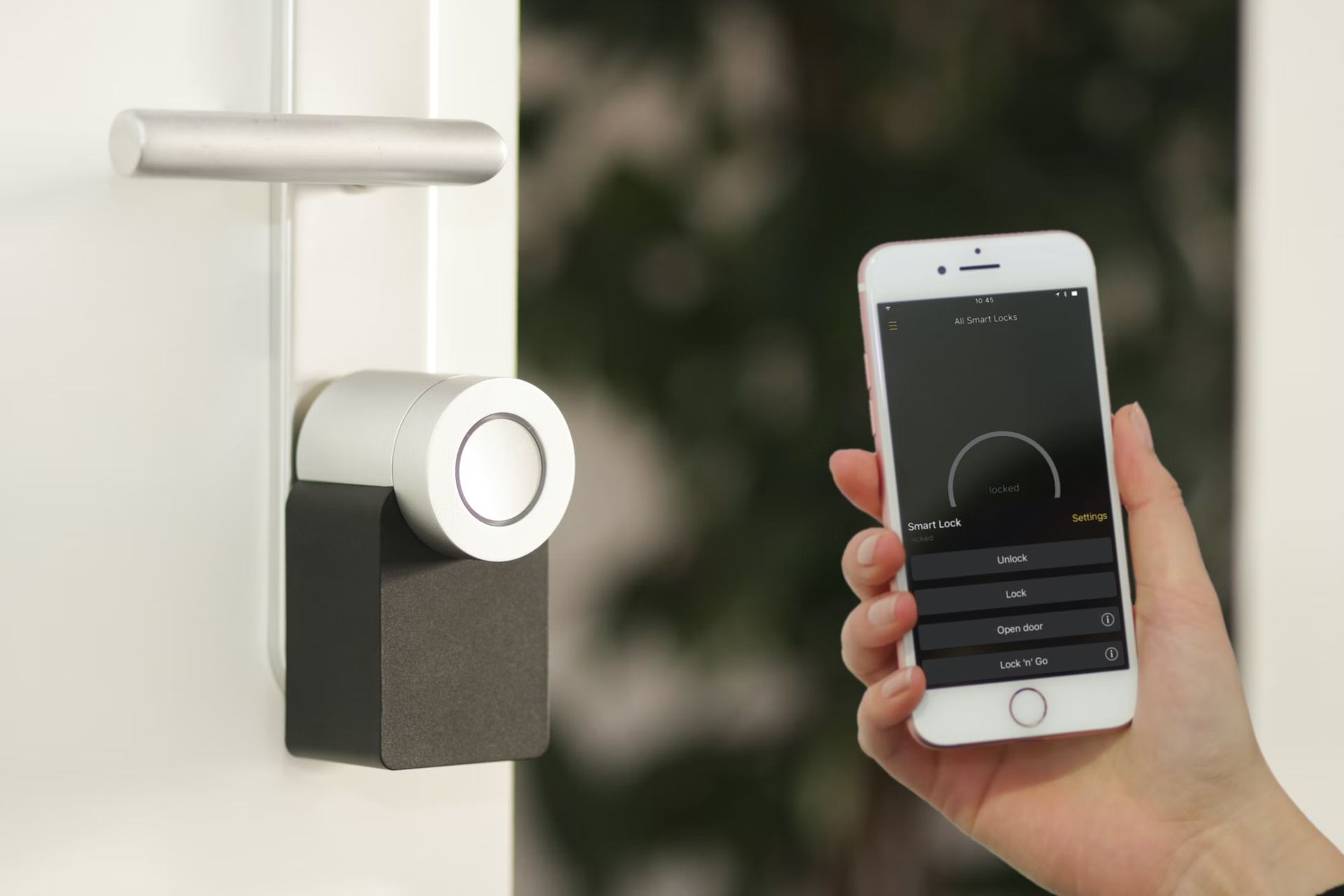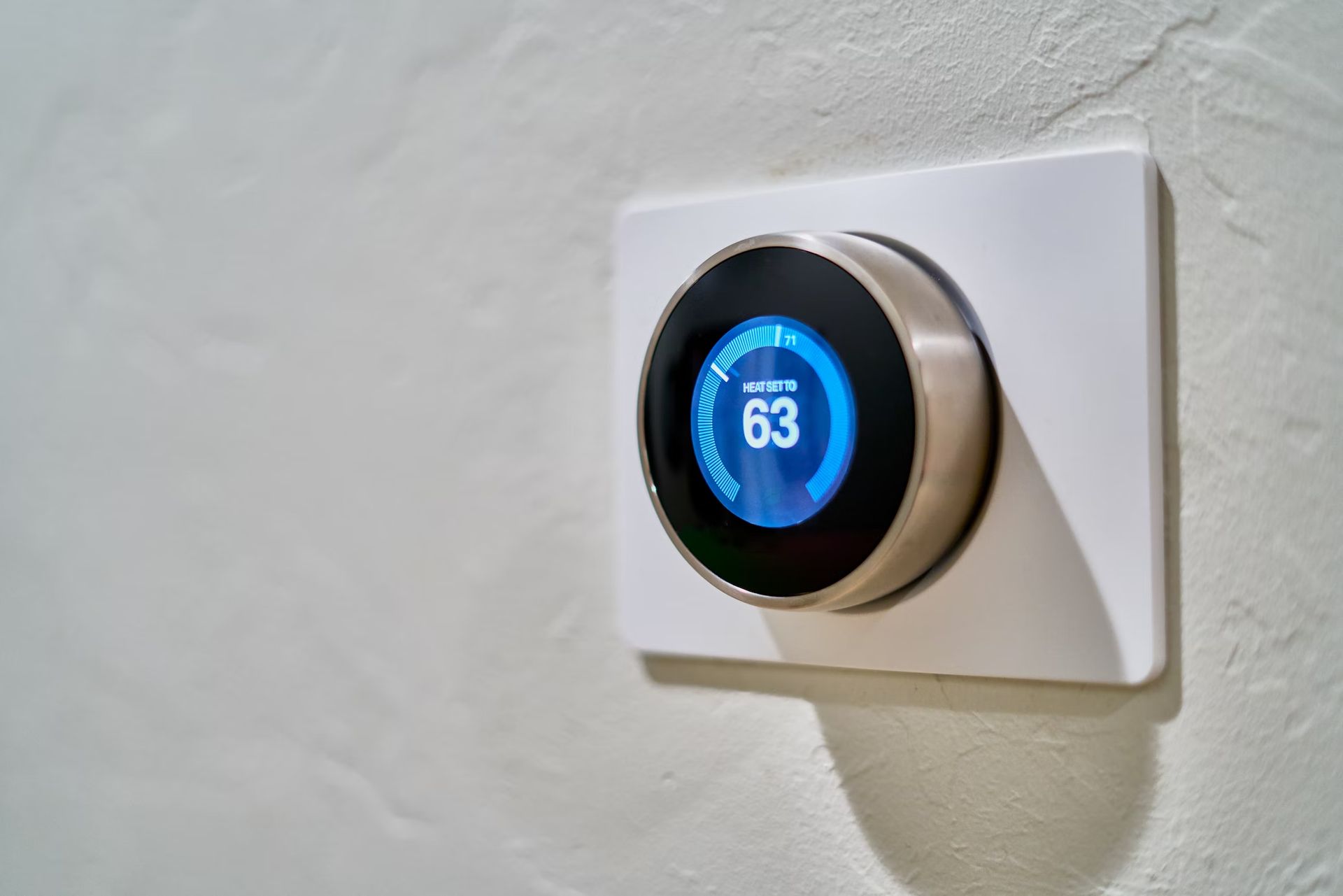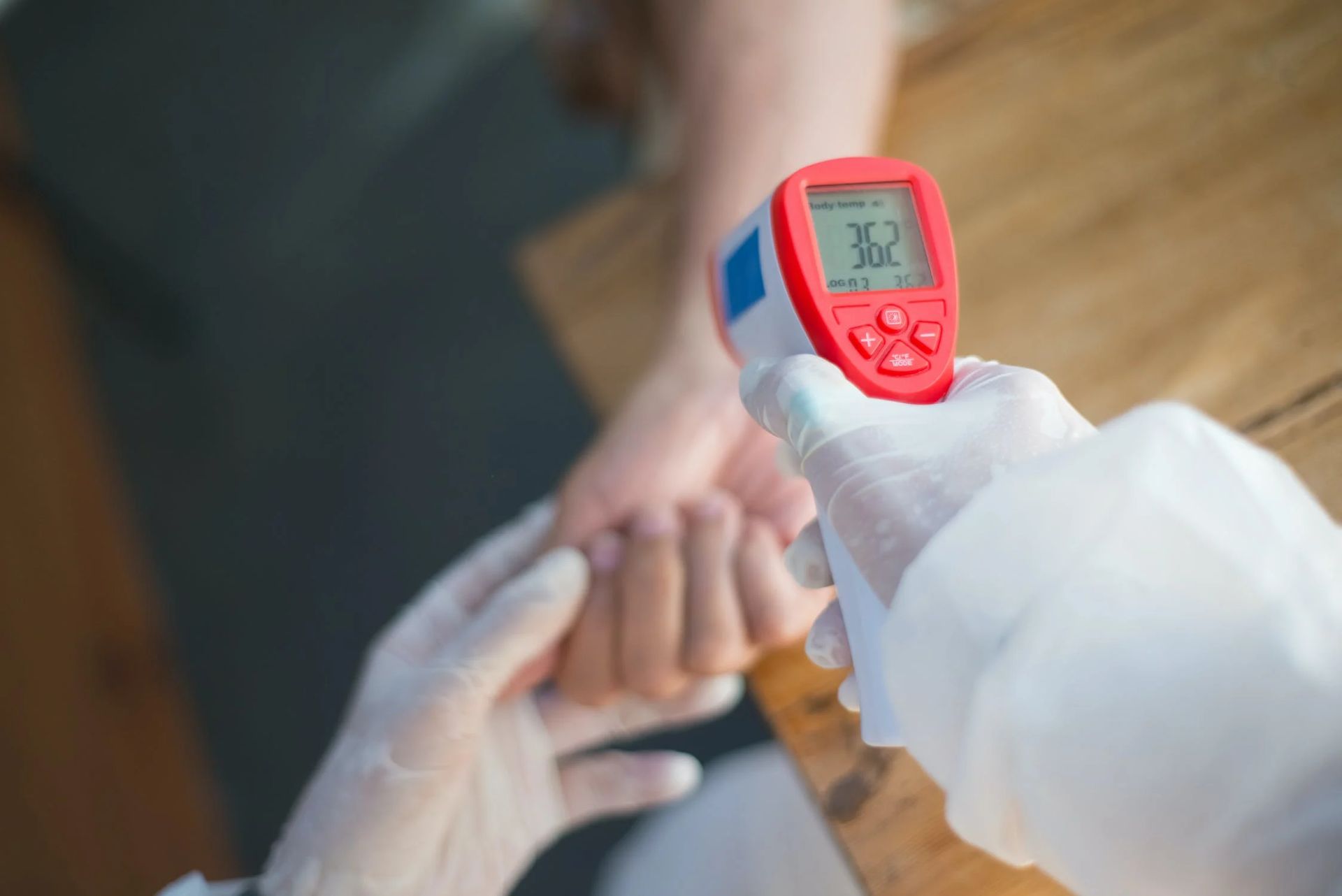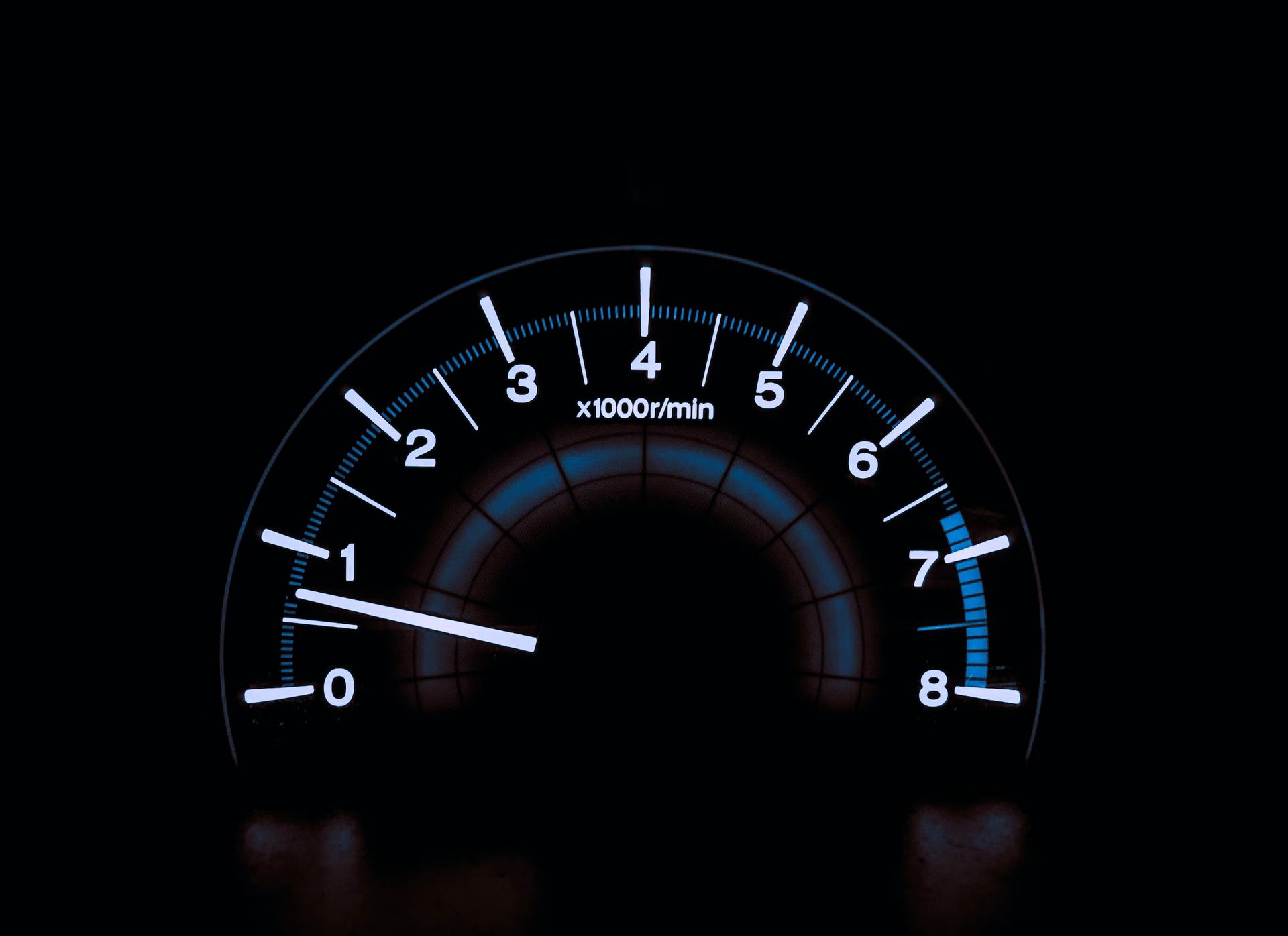Nowadays we can connect everyday objects to the internet, which is only possible thanks to IoT sensors. Last month we talked about “the veins of IoT devices,” but today, we are here to discuss “the brain of IoT devices,” which are IoT sensors, because no human-made device can work without a perception mechanism.
Nowadays, practically every entity is connected to the network to collect data and use the information for various purposes, including homes, offices, factories, and even cities. Data is one of the most valuable assets nowadays; many experts refer to it as “the new gold.”
When using the Internet of Things to build solutions, sensors are crucial. Sensors are tools that gather information from the environment and replace it with signals that both humans and machines can recognize.
The usage of IoT sensors has expanded to include a wide range of industries, including healthcare, nursing care, industrial, logistics, transportation, agriculture, emergency planning, tourism, local businesses, and many more.
Table of Contents
What are IoT sensors?
IoT sensors are linked devices that capture real-time data, translate it, and format it so that other instruments may use it. The nature of the sensor is that it is susceptible to outside stimuli, such as temperature.
Contrary to popular belief, IoT sensors are not recent inventions. Similar technologies have been created in the past specifically to gather and transform analog data into digital data assets. It’s fascinating, right?

For instance, radar creates and transmits radio waves while listening for reflections that, if detected, are sent to an electronic device for processing. Did you know that “radar” stands for radio direction and range?
To put it briefly, the development of the Internet of Things has made it possible to connect common objects to the internet. Everything seems to utilize IoT technology to collect and analyze data, from houses and offices to manufacturing facilities and smart cities.
Wireless IoT sensors
Wireless IoT sensors collect information about the environment and transmit findings to more potent platforms or components for additional processing. Typically, sensors are dispersed over a wide geographic region and are configured to connect with centralized hubs, gateways, and servers.
One significant benefit of wireless IoT sensors is that they require less maintenance and power. Before requiring a battery replacement or recharge, sensors can run IoT applications for years.
Organizing wireless sensors in the field is one of the most challenging issues developers confront when creating wireless networks. The distribution of IoT sensors, or “nodes,” must support the ultimate goal of the network creator.
How do IoT sensors work?
The Internet of Things (IoT) ecosystem comprises web-enabled smart devices that use embedded systems, such as processors, sensors, and communication devices, to gather, send, and act on the data they get from their surroundings.
By connecting to an IoT gateway or other edge device, which either sends data to the cloud for analysis or analyzes it locally, IoT devices exchange the sensor data they collect. These gadgets occasionally converse with other similar devices, acting on the data they exchange.
Although individuals can engage with the devices to set them up, give them instructions, or retrieve the data, the hardware accomplishes the majority of the job without their help. Without further ado, we would like to introduce you to different types of IoT sensors:
Types of IoT sensors
There are plenty of different IoT sensors for specific purposes. Below we will explain each and every one of them in detail.
IoT sensors list:
- Temperature sensors
- Proximity sensors
- Pressure sensors
- Water quality sensors
- Smoke sensors
- Chemical sensors
- Gas sensors
- Image sensors
- IR sensors
- Level sensors
- Motion detection sensors
- Optical sensors
- Acceleration sensors
- Gyroscopic sensors
- Humidity sensors
Temperature sensors
A temperature sensor is, by definition, a device used to evaluate the amount of heat energy that enables the user to detect a physical change in temperature from a specific source and transforms the data for a device or user.
The hyperconnectivity era: Why should organizations adopt network as a service model?
These sensors have been used in many devices for a very long time. However, as the Internet of Things (IoT) has grown, they have more opportunities to be present in more gadgets.
These IoT sensors were mostly utilized for controlling air conditioning, refrigerators, and other environmental control devices just a few years ago. But as the Internet of Things (IoT) has developed, temperature sensors have discovered their place in the manufacturing, agricultural, and healthcare sectors.

Numerous machines in the production process need certain environmental and device temperatures. This evaluation enables the production process to be continually at its best.
Contrarily, in agriculture, the soil temperature is important for crop growth by increasing the output, this aids in plant production.
Proximity sensors
A proximity sensor is a non-contact device that detects the presence of an object when it enters its field of view, also known as the “target.” Depending on the type of proximity sensor, the sensor may detect a target via sound, light, infrared radiation (IR), or electromagnetic fields. Phones, recycling facilities, self-driving cars, anti-aircraft systems, and production lines all use proximity sensors. There are numerous varieties of proximity sensors, and they all detect targets differently. The inductive proximity sensor and the capacitive proximity sensor are the two types of proximity sensors most frequently utilized.
Pressure sensors
A pressure sensor is a device that detects pressure and turns it into an electric signal. Here, the amount is influenced by the amount of pressure used.
Several gadgets depend on liquid pressure or other types of pressure. Systems that monitor pressure-driven systems and devices can be built using these IoT sensors. The device alerts the system administrator to any deviations from the normal pressure range and any issues that need to be corrected.
Due to their ease of use in spotting pressure changes, these sensors are deployed in production and in the maintenance of complete water and heating systems.
Water quality sensors
In water distribution systems, water quality sensors are generally used to detect water quality and monitor ions.
These IoT sensors are crucial because they keep track of the water’s purity for various uses. They are employed throughout numerous industries.
Smoke sensors
A smoke sensor is a tool that detects smoke (airborne gases and particles) and its level.
They have been utilized for a very long time. They are now even more effective thanks to the Internet of Things, as they are connected to a system that instantly alerts the user to any issues that arise across several businesses.

Smoke sensors are widely utilized by the manufacturing sector, HVAC, construction, and hospitality infrastructure to detect fire and gas incidents. Since the entire system is significantly more effective than the older ones, it protects those who operate in hazardous environments.
Chemical sensors
Numerous industries use chemical sensors. Their objective is to detect liquid or chemical changes in the air. In larger cities, where it is required to monitor changes and protect the populace, they play a significant role.
Chemical sensors are mostly used in industrial environments monitoring and process control, explosive and radioactive detection, and recycling operations on space stations, pharmaceutical industries, and laboratories, among other applications.
Gas sensors
Similar to chemical sensors, gas sensors are used to monitor changes in air quality and identify the presence of different gases. Similar to chemical sensors, they are employed in a variety of sectors, including manufacturing, agriculture, and health to monitor air quality, identify toxic or combustible gases, monitor hazardous gases in coal mines, the oil and gas industry, conduct chemical laboratory research, and manufacture goods such as paints, plastics, rubber, pharmaceuticals, and petrochemicals.
Image sensors
Image sensors are devices that turn optical images into electronic signals that can be displayed or stored electronically.
Digital cameras and modules, medical imaging and night vision equipment, thermal imaging devices, radar, sonar, media houses, biometric & IRIS devices, and other items all make extensive use of IoT sensors.
IR sensors
An infrared sensor is a sensor that detects or emits infrared radiation to sense specific aspects of its environment. It can also measure the heat that the objects are emitting.
They are currently being used in many IoT projects, particularly in healthcare, because they make monitoring blood flow and pressure easier. They are also utilized in a vast assortment of common smart products, including smartphones and smartwatches.

Home appliances and remote controls, breath analysis, infrared vision (used to see heat leaks in electronics, monitor blood flow, and allow art historians to see beneath layers of paint), wearable electronics, optical communication, non-contact-based temperature measurements, and automotive blind-angle detection are some other common uses.
Their uses don’t stop there; they are also an excellent instrument for assuring high levels of security in your house. Additionally, because they may find a range of chemicals and heat leaks, their application covers environment assessments. They have a variety of uses; thus, they will play a significant part in the smart home sector.
Level sensors
Level sensors are a type of sensor that measure the amount or level of fluids, liquids, or other substances flowing through an open or closed system.
Level sensors are utilized in a variety of industries, just like IR sensors. They are employed by companies that deal with liquid materials and are primarily renowned for measuring fuel levels. For instance, these sensors are used by the recycling sector, the juice and alcohol industries, and others to count their liquid assets.
Rounding up: The importance of having the optimal IoT connectivity
The best applications for level sensors include measuring fuel and liquid levels in open or closed containers, monitoring sea level and tsunami warnings, water reservoirs, medical devices, compressors, hydraulic reservoirs, machine tools, processing of beverages and pharmaceuticals, and high- and low-level detection, among others.
As a result, their operations are more efficiently streamlined. Sensors constantly gather all the relevant data. Any product manager may monitor exactly how much liquid is available for distribution and whether production needs to be increased with the help of these IoT sensors.
Motion detection sensors
A motion detector is an electrical device that detects physical movement (motion) in a specific region and converts that motion into an electric signal. It may detect the movement of any object or person.
In the security sector, motion detection is crucial. Businesses use these IoT sensors in locations where no movement should be noticed, and it is simple to detect anyone’s presence when these sensors are deployed.
Intrusion detection systems, automatic door controls, boom barriers, smart cameras (i.e., motion-based capture/video recording), toll plazas, automatic parking systems, automated sinks/toilet flushers, hand dryers, energy management systems (i.e. Automated Lighting, AC, Fan, Appliances Control), etc. are some of the applications for which they are primarily used.
In other businesses, however, where a client can interact with the system by waving a hand or making a similar motion, these sensors can also recognize various actions, making them very useful for different scenarios. For instance, a customer can wave to a sensor in a store to ask for help choosing the best item to buy.
Although the security business is their main application, there are a growing number of other uses for these sensors as technology develops.
Optical sensors
Optical sensors provide an electrical signal in response to light that is reflected off of an object, which can then be used to detect or measure a state. These IoT sensors detect the interruption or reflection of a light beam brought on by the presence of an object. Among the several optical sensor types are:
- Through-beam sensors use the interruption of a light beam as an object moves in front of a transmitter and remote receiver to detect items.
- Retro-reflective sensors combine the transmitter and receiver into a single unit and reflect the light back to the device using a different reflective surface.
- Diffuse reflection sensors use the detected object as the reflective surface in contrast to retro-reflective sensors.
Acceleration sensors
Devices that measure acceleration brought on by movement, vibration, collision, etc., are known as linear acceleration sensors, sometimes known as G-force sensors. Newton’s second law of motion is applied to a spring-mass system in order for all acceleration sensors to work. The base of the acceleration sensor is attached to a mass by an identical spring.

A measurement of the relative position of the mass or force on the spring as it changes over time can be used to calculate the acceleration because the force between the mass and base is proportional to the acceleration of the mass and their distance from one another is linearly related to the force caused by the spring. Piezoelectric, piezoresistive, variable capacitance, and variable reluctance are the four most prevalent acceleration sensors.
Gyroscopic sensors
Gyroscopes or gyroscopic sensors are used to track the rotation of an item and calculate its angular velocity using a three-axis system. With the use of these IoT sensors, it is possible to detect an object’s orientation without actually seeing it.
Humidity sensors
Relative humidity, a measurement of the amount of water vapor in the air or other gases, can be found using humidity sensors. In order to manufacture materials, it is essential to regulate environmental factors, and humidity sensors enable measurements and corrections to be performed to prevent rising or dropping levels. HVAC systems are a common application to maintain desired comfort levels.
IIoT and edge computing are gaining traction in many industries
Friend or foe: Is the future looking bright for IoT devices?
IoT is growing in many contexts, with competing technologies fighting for dominance. This will lead to issues while connecting devices and require the installation of extra hardware and software.
Fragmented cloud services, an absence of standardized M2M protocols, and variations in IoT device operating systems and firmware bring other compatibility issues.
In the upcoming years, several of these technologies will be rendered obsolete. This is important because IoT gadgets, such as smart TVs and refrigerators, will survive far longer than traditional computing devices and should continue functioning even if their manufacturer goes out of business.
Conclusion
There is no doubt that sensors play a significant role in both our personal and professional lives. IoT sensors are already widely used in many industries to address social needs.
IoT sensors are crucial components of our future workstyle improvements since they use technology that does not require humanitarian aid.
And as the Internet of Things becomes more prevalent in almost everything we do, the sensors will only become more prevalent in terms of availability and production throughout the years to come.
- SEO Powered Content & PR Distribution. Get Amplified Today.
- Platoblockchain. Web3 Metaverse Intelligence. Knowledge Amplified. Access Here.
- Source: https://dataconomy.com/2022/12/iot-sensors-types/



